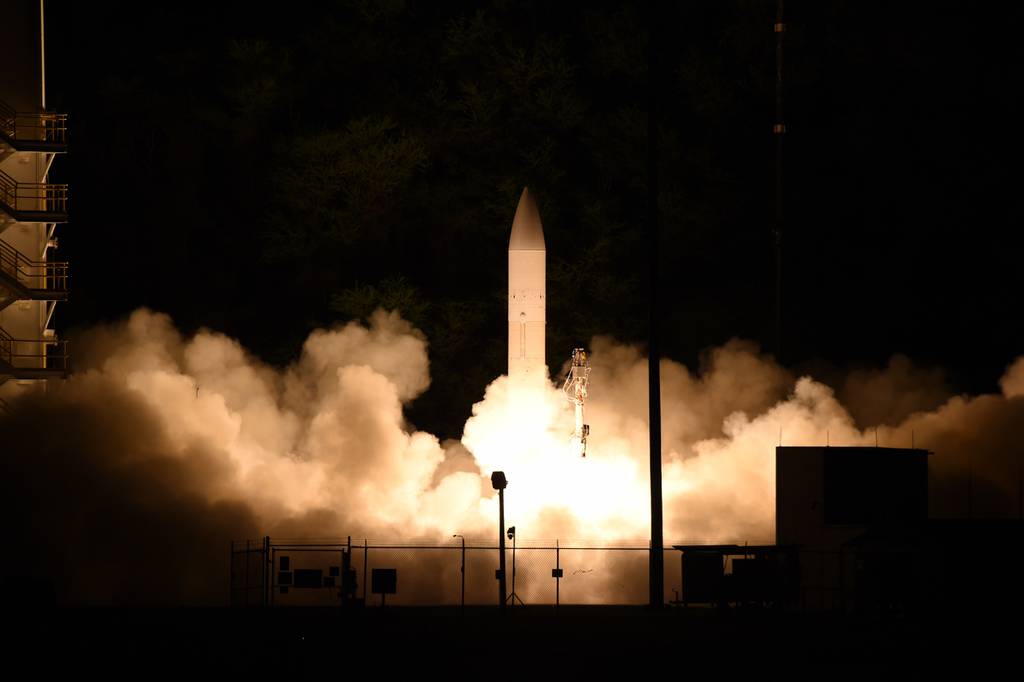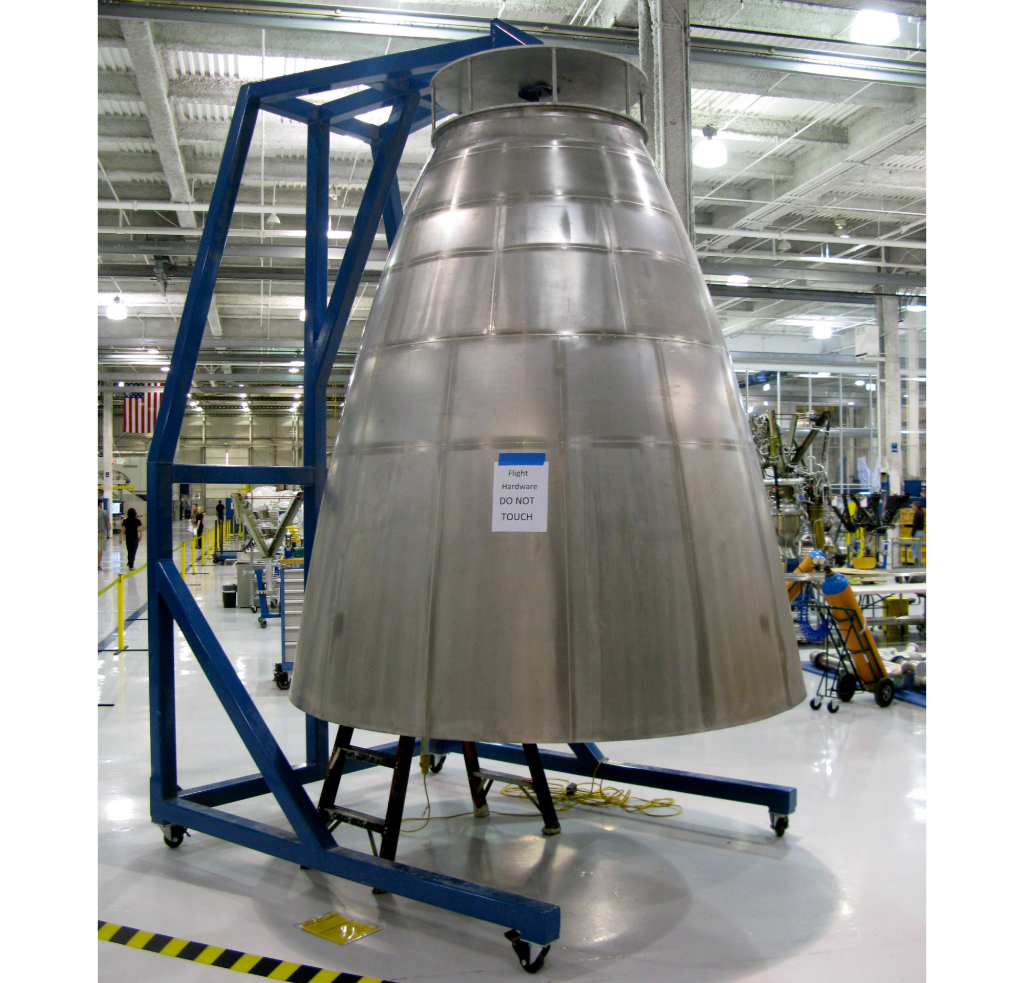The 2021 3D Printing Industry Awards shortlists are now open for voting until the 20th of October. Cast your votes here.
The US Department of Defense (DOD) has awarded 18 university-led projects a total of $25.5 million to accelerate hypersonic flight research via technologies such as 3D printing, machine learning, and non-destructive testing.
The research contracts, which are set to be handed out over the course of three years, were awarded to members of the University Consortium for Applied Hypersonics (UCAH). As the name might suggest, UCAH is aimed at advancing hypersonic technology development, and operates under the Joint Hypersonics Transition Office (JHTO). Awardees include participants from 28 universities, 15 industrial partners, three national laboratories, and four additional international partner universities.
“These awards are an important step for DoD and the University Consortium,” said Gillian Bussey, Director of the JHTO. “Each project is led by a UCAH university partner, bringing together expertise from across the nation to tackle tough hypersonic problems. These projects allow us to move our capabilities to the next rung up the ladder, and also provide a way to engage students in hypersonic research and connect with industry and the national labs, building the workforce we will need in the future.”

Why develop hypersonic flight technology?
Hypersonic flight is defined as a speed of above Mach 5, which is five times the speed of sound or around 6,800 miles per hour. Looking at the commercial application of the technology, a hypersonic aircraft could theoretically travel from Europe to Australia in under three hours, drastically cutting intercontinental flight times.
Of course, the concept also has applications in defense, specifically with hypersonic missiles. At Mach 5 and beyond, flying objects are much harder for missile defense systems to intercept. This makes hypersonic missiles an extremely useful strategic tool to have in the arsenal, especially if used in conjunction with a nuclear warhead.
Additive manufacturing of niobium alloys
The list of UCAH’s awarded projects includes research into composite aircraft materials, flight control systems, and even solid propulsion fuels. But there’s one that’s of particular interest to us: the University of Virginia’s ‘Additive Manufacturing of High-Performance Niobium Alloys Components for Scramjet Applications: Going Beyond Alloy C103’.
Niobium is a refractory metal characterized by its high strength, high melting point (2410°C), and excellent resistance to chemical attack. Thanks to its oxidation resistance and low weight, the metal’s C-103 alloy has long been used in the aerospace sector for critical high-temperature jet engine components such as rocket nozzles, exhaust nozzles, and afterburner liners.
Taking it a step further, the University of Virginia-led project will seek to 3D print high-temperature parts made of previously unused niobium alloys, which could enable huge time and cost savings for more complex geometries. The hopes are that these proposed 3D printing capabilities will eventually be applied to scramjets – a class of hypersonic jet engine in which combustion takes place in supersonic airflow.
“Collaboration across disciplines and between different players in the hypersonic world is essential if we’re going to move forward in developing capabilities and our workforce,” Bussey said. “This is one of the key reasons we established the University Consortium last year, and I was very pleased to see that the proposals we received incorporated strong, multi-organizational and cross-disciplinary teams.”

This isn’t the first instance of additive manufacturing being applied to hypersonic flight technology. Just last month, researchers at RMIT University, Australia, developed a set of next-generation 3D printed cooling devices for use in high-speed aircraft. The 3D printed catalysts, as they’re called, are essentially metal heat exchangers coated in synthetic minerals known as zeolites. The team believes they can be used to solve the problem of overheating, which is reportedly one of hypersonic flight’s biggest hurdles.
Elsewhere, ASTRO America, the Applied Science & Technology Research Organization, has previously completed a U.S. Defense Advanced Research Projects Agency (DARPA)-commissioned study to accelerate the production of hypersonic missiles. The research details design plans for a Hypersonic Production Accelerator Facility (HPAF), one that combines 3D printing and other advanced manufacturing technologies under one roof.
Subscribe to the 3D Printing Industry newsletter for the latest news in additive manufacturing. You can also stay connected by following us on Twitter, liking us on Facebook, and tuning into the 3D Printing Industry YouTube Channel.
Looking for a career in additive manufacturing? Visit 3D Printing Jobs for a selection of roles in the industry.
Featured image shows the U.S. testing a hypersonic glide body on March 19, 2020, from the Pacific Missile Range Facility in Kauai, Hawaii. Photo via US Navy.



